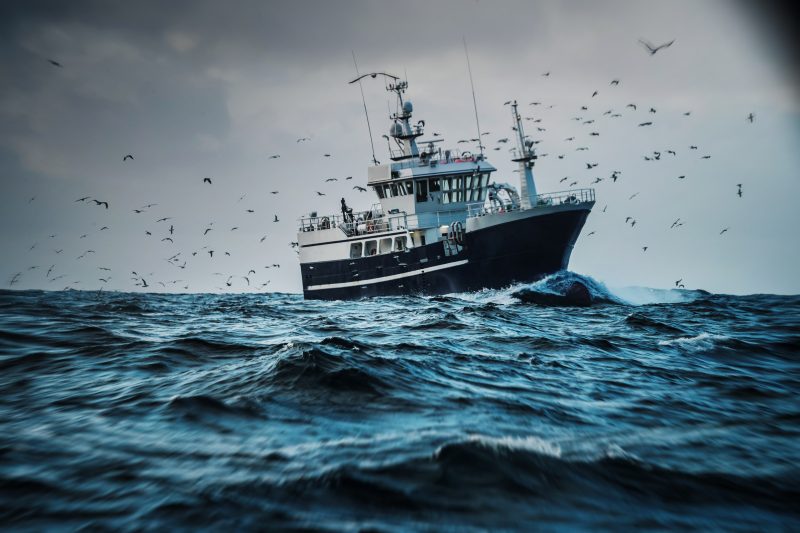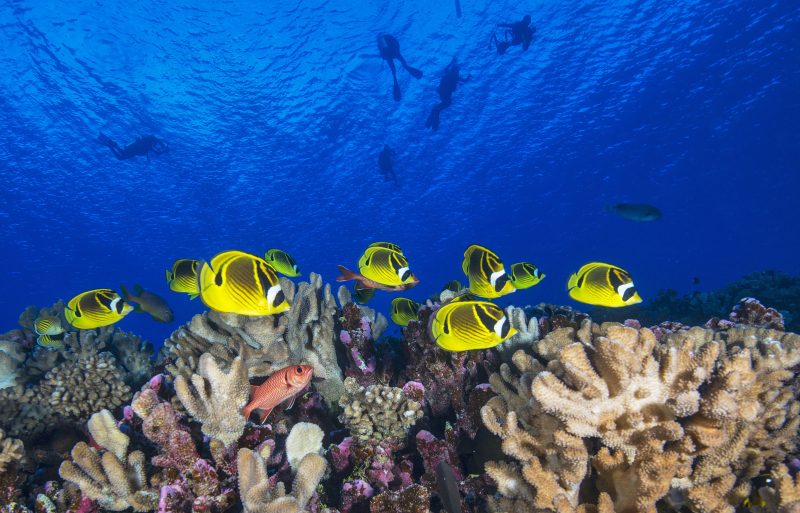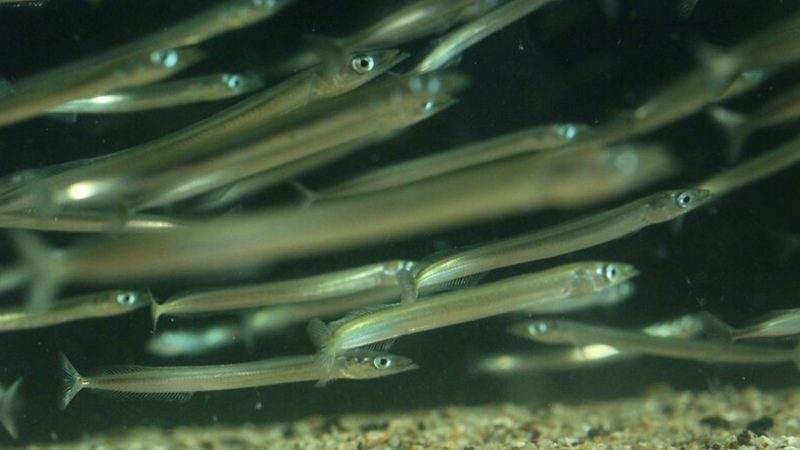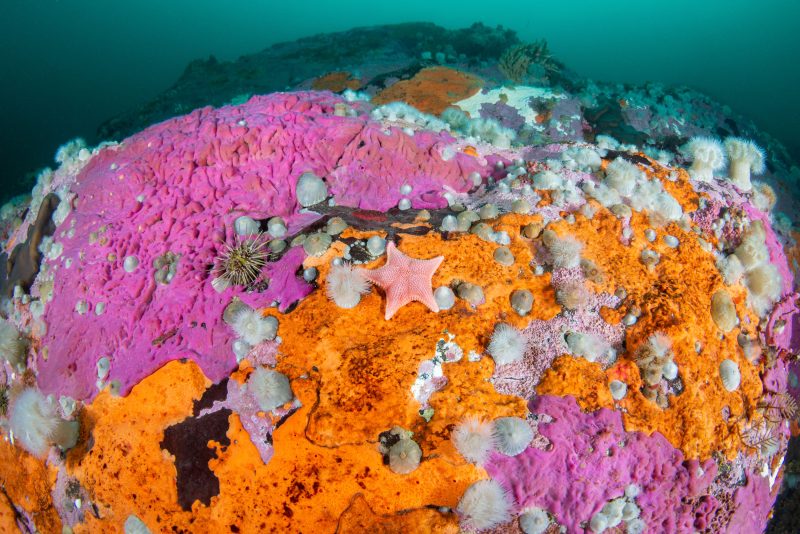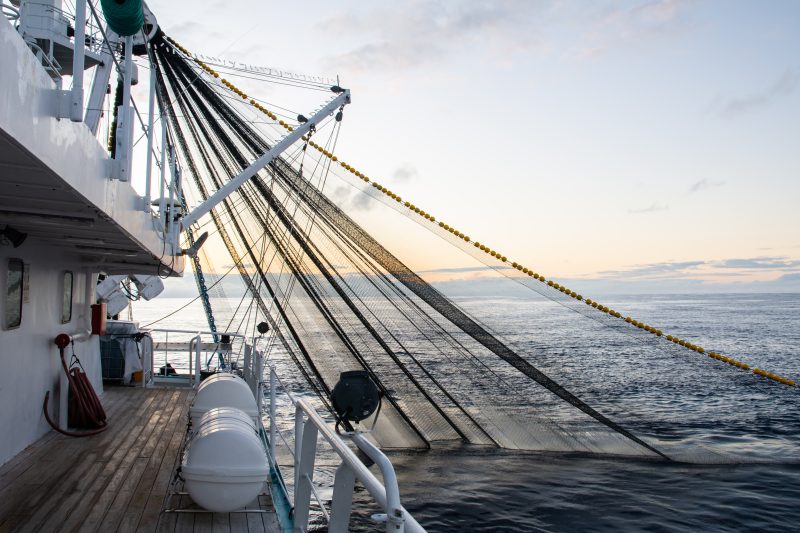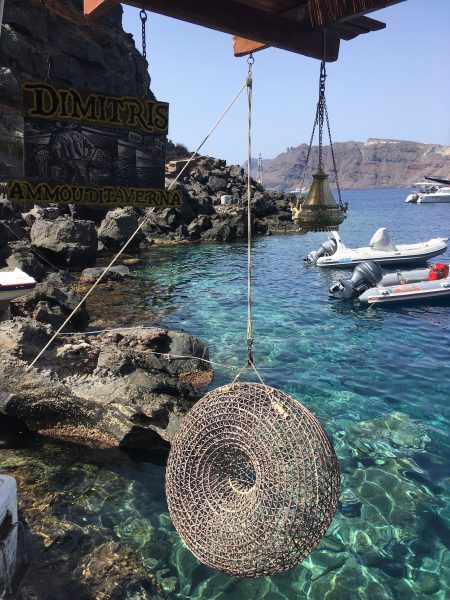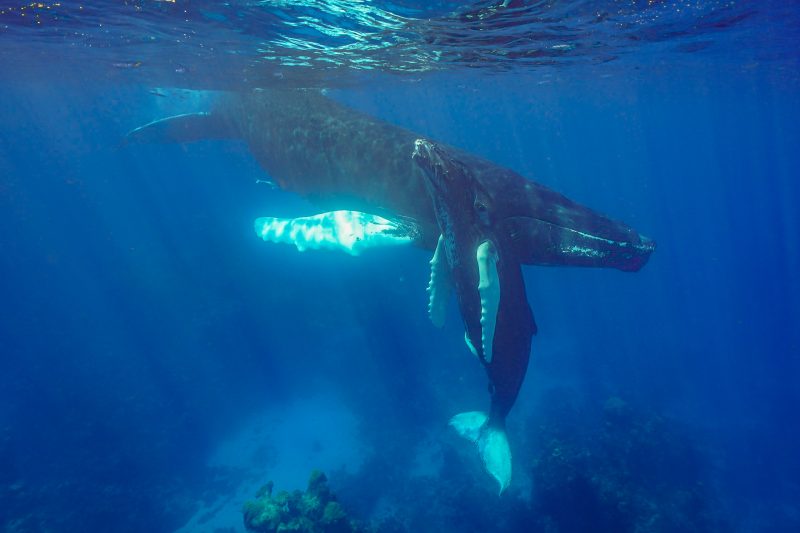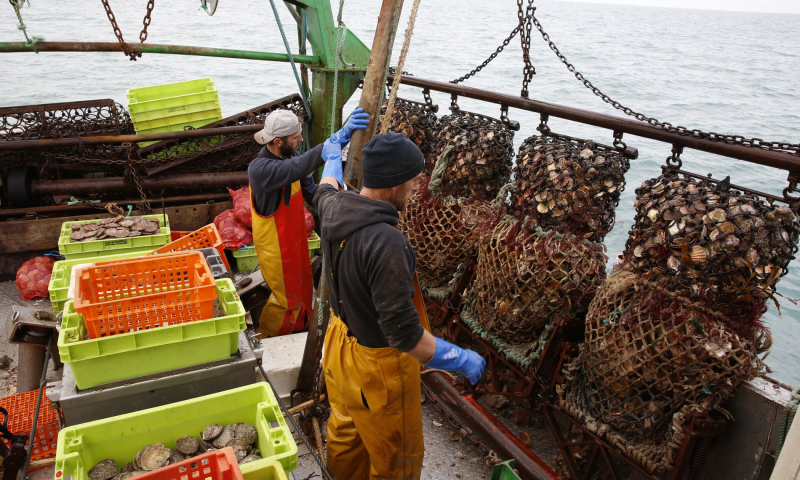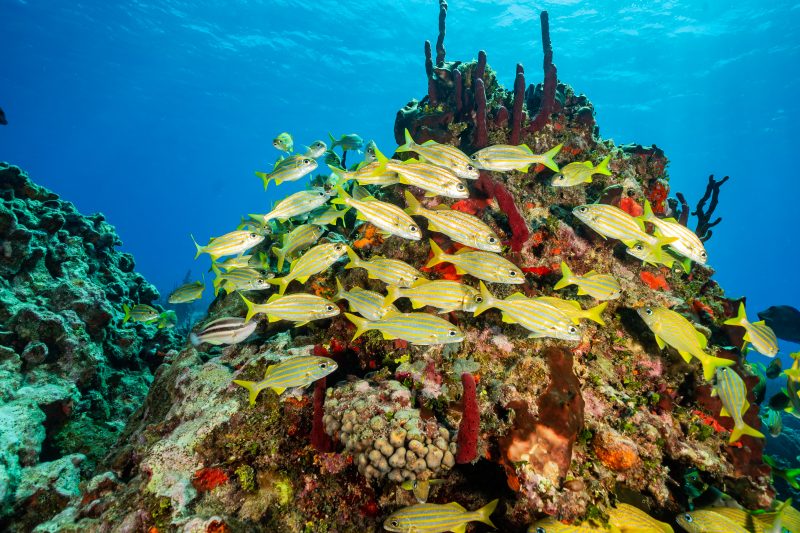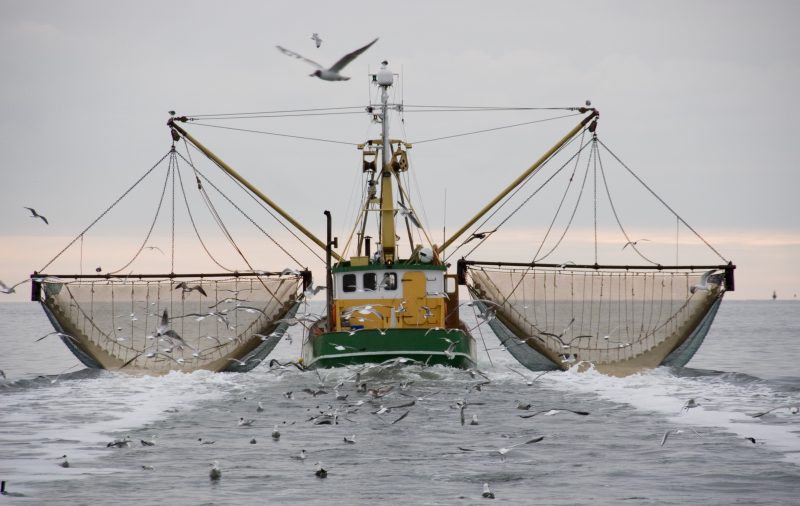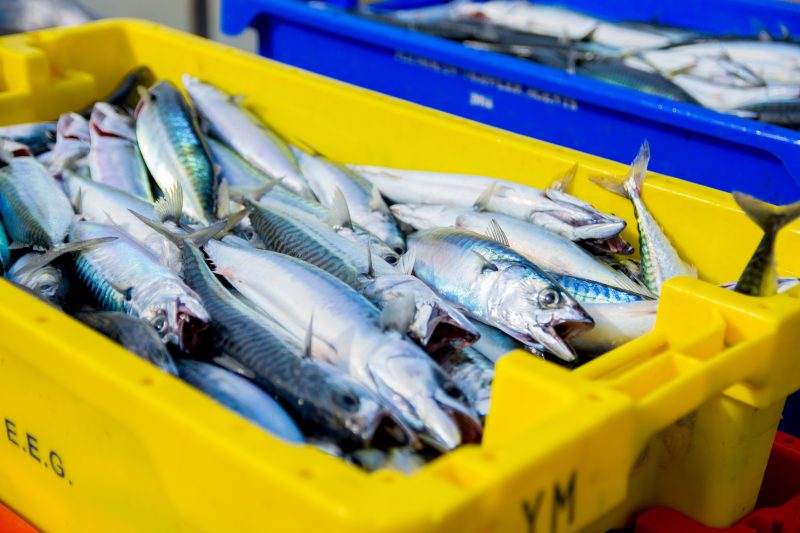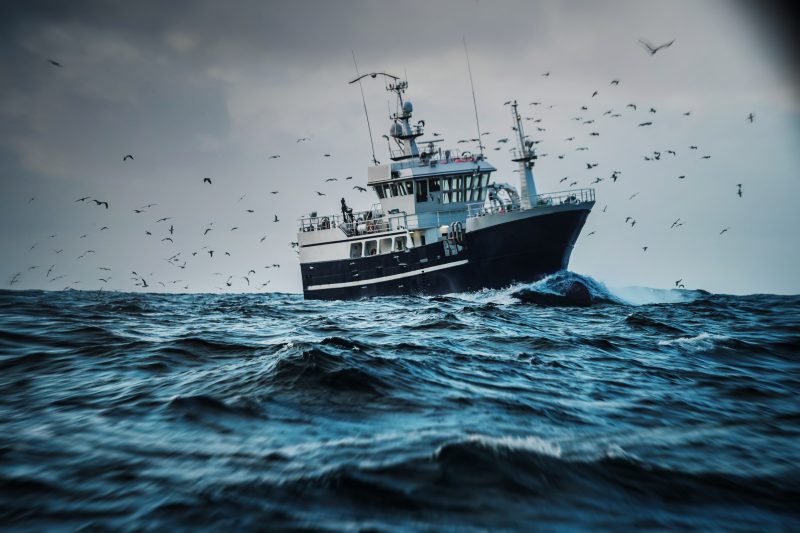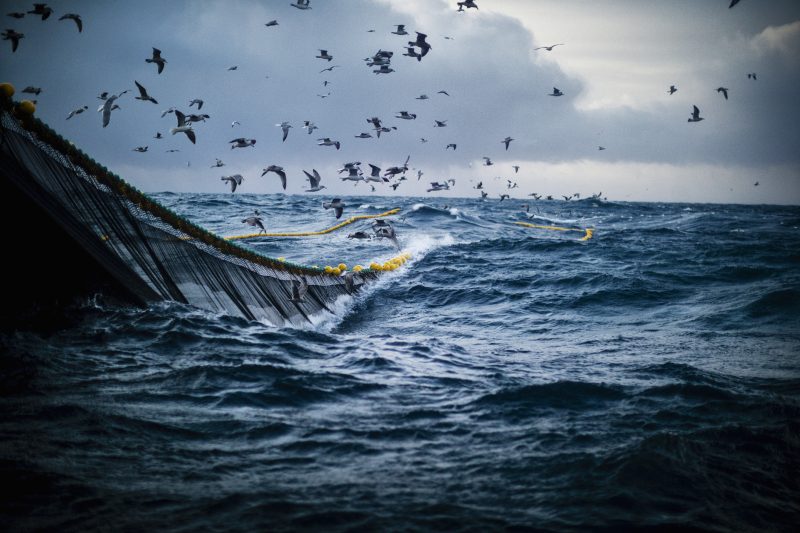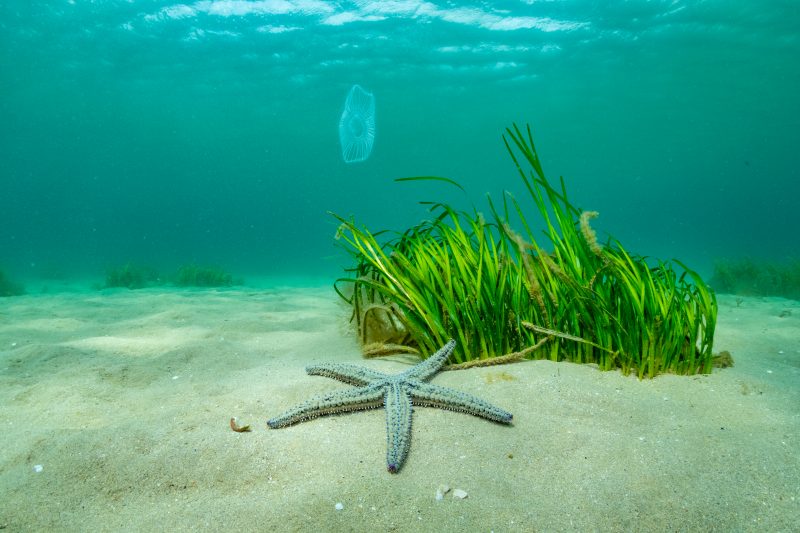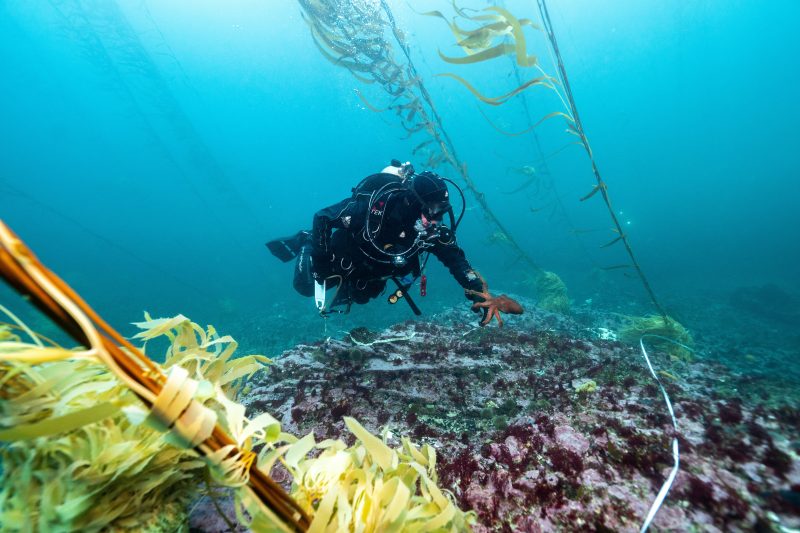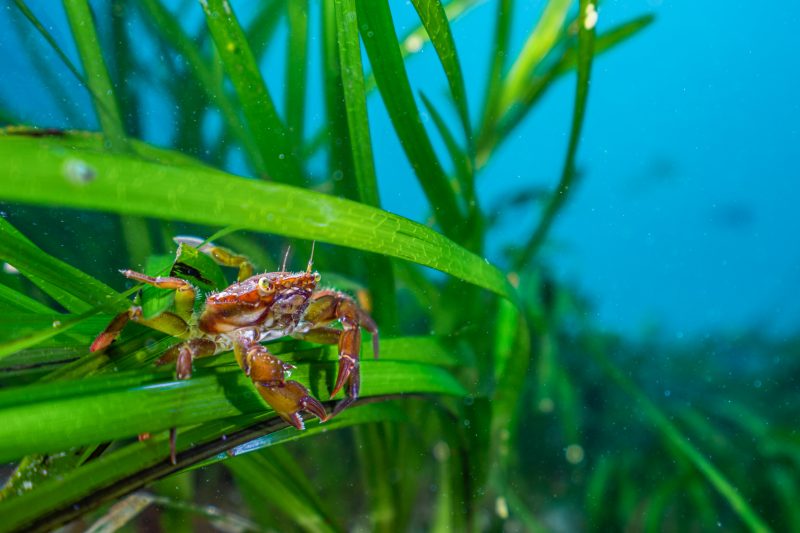Ocean waters between 200 and 1000m deep sustain immense quantities of fish that the fishing industry is keen to exploit. But their value to the planet’s life support system is likely far greater than their value as food. We must urgently protect them from fishing while we find out.
“Not everything that meets the eye is as it appears”
– Rod Serling, The Twilight Zone: Complete Stories.
That sentiment is certainly true of the oceans. Powerful and complex, the oceans dominate the Earth’s global processes and support life from the majestic to the bizarre. Most people, however, from their beachfront perspective see it only as a playground backed by a vast expanse of featureless water. But the ocean comes in three-dimensions and holds 97% of the liveable space on the planet. What lies beneath deserves greater recognition and respect.
The ocean’s three dimensions are structured, with most life specialised to live in particular layers, while some cross between different depth zones. The twilight zone, between 200 m and 1,000m, is a place where little sunlight penetrates. This zone is one of the least understood places in the planet because it is so vast and difficult to study. The creatures glimpsed there stretch the bounds of reality and fantasy. Nonetheless, it could be one of the most important parts of the global ocean.

The twilight zone, referred to by scientists as the mesopelagic, constitutes about 20% of the global ocean volume and contains an extraordinary biomass of invertebrates and fish, such as squid and lanternfishes. Scientists have found tantalising evidence that by weight, mesopelagic fishes could make up more than 90% of all fish in the sea. Mesopelagic fishes are small, quirky looking and many of them undertake a daily commute, migrating vertically at night to feed in shallow waters above 200 m in the safety of darkness and then retreating to the depths by day. This unseen mass movement is thought to be the largest daily migration on Earth. By eating, being eaten, breathing and defecating across ocean depths, they present a key mechanism for ocean uptake and sequestration of carbon, as well as being a crucial food source for all kinds of other life, particularly ocean-going megafauna like tuna and dolphins. Who can forget the ten thousand strong pod of dolphins in the Netflix series Our Planet, demolishing a titanic shoal of mesopelagic lanternfish trapped near the surface? Given their vast abundance, wide distribution and vertical migration, the collective influence of mesopelagic fishes on the structure and function of ocean ecosystems is certainly profound.
On the flip side, that same vast abundance is attracting growing interest from the fishing industry, particularly to plug the expected deficit in feed for farm animals and aquaculture as the human population grows. Some nations, like Norway and the EU, are funding substantial research and trial commercial fisheries.
Others, are worried about the consequences of large-scale exploitation. The United States, for example, has proactively prohibited directed commercial fisheries for mesopelagic fishes in its Pacific waters for the time being due to concerns over potential adverse ecosystem consequences. So far, even where targeted, mesopelagic fishes have been protected to some degree by their ability to avoid trawling gear and the high operating costs of commercial fisheries. However, human innovation is great, and this is unlikely to protect them forever.
As ever, there is much more science to be done to understand the roles mesopelagics play in nutrient and carbon cycling, and on their importance to ocean and planetary processes. Some of it is underway, and there are great opportunities for more allied with the International Decade of Ocean Science for Sustainable Development which begins in 2021. However, throughout history, people have exploited first and asked questions about consequences later. We have sequentially overfished coastal, then high seas, then deep sea waters racking up tragic costs in lost wildlife and degraded habitats. The mesopelagic of the open ocean is one of the last remaining frontiers for exploitation. But, based on what we know, large-scale commercial fishing there could have catastrophic consequences for marine life and global climate. The ecological and environmental value of the twilight zone probably far exceeds its extractive value.
Much of the mesopelagic is at great risk today. Beyond the limits of national jurisdiction, there is a vast pool of water where no regulations exist to protect twilight zone fish. The high seas, as these international waters are known, constitute 61% of the world’s oceans and 43% of the Earth’s surface. They are owned by everyone and no-one, being collectively governed under the United Nations Law of the Sea.
In recognition of growing human impact on high seas marine life, the UN is currently negotiating a new international agreement to improve management and conservation. The negotiations offer a once-in-a-generation opportunity to shore up the Law of the Sea to fulfil the duties it lays out to conserve and protect, and align agendas for global biodiversity, climate change and sustainable development. Given the value of mesopelagic fish and the great planetary risks from unbridled exploitation, negotiators should ensure they can be properly protected through mechanisms to establish marine protected areas which extend from surface to seabed. In the meantime, while we try to better understand this realm and the potential costs of exploiting it, BLUE Marine Foundation calls for a global moratorium on fishing for mesopelagic fishes.
Full report forthcoming
Acknowledgements
This work was supported by The Pew Charitable Trusts.



